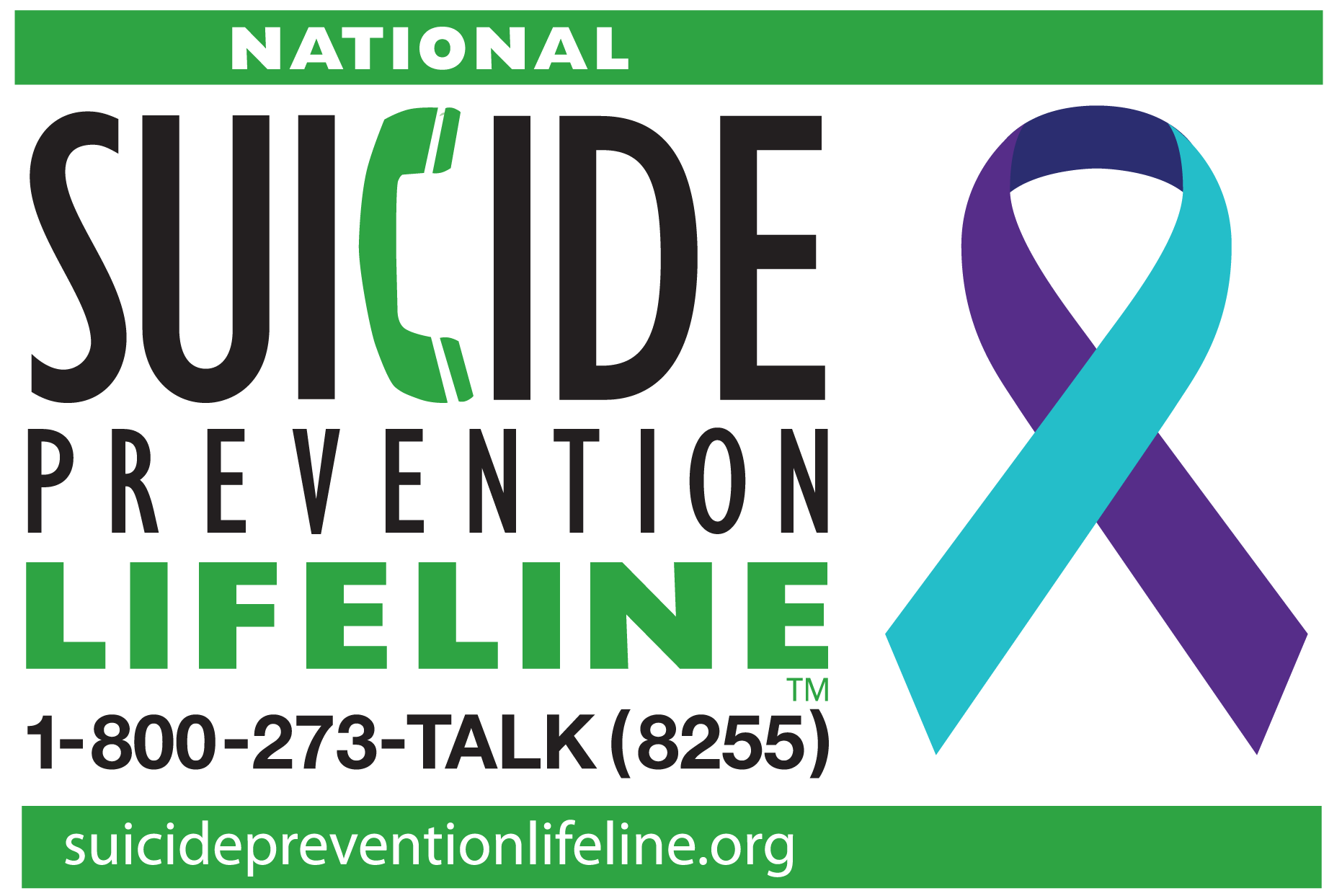I Was Mask Shamed for Having Invisible Illness
/By Carol Levy, PNN Columnist
For years I have worn shirts on which I write my political position. I love wearing them. And I wear them proudly. But since the onset of covid and masking, I have worn a different shirt that reads:
“Can’t mask due to medical issue. Trigeminal neuralgia. I have a doctor's note. I am fully vaccinated and boosted.”
This shirt I do not wear proudly. My medical situation is no one's business but my own. But to keep people from yelling at me, I wear the shirt. And it works. People are usually nice about it.
That was not the case when I went to my local hospital for a blood test. Since covid, if I needed to go to the hospital, I called first to tell them, “I can't mask due to a medical issue. Will this be a problem?”
I was told I had to get permission from administrators, but ultimately got the go-ahead to come in. I’ve been to the hospital a few more times for tests. Each time they let me in with no or little fuss, so when I had to go the last time, I did not call first.
The welcome desk receptionist signed me in, no issue. The registrar signed me in, no issue. I sat for about 20 minutes, noticed by employees and ignored by them, while waiting for my name to be called.
Then a woman dressed in medical scrubs came over to me with a mask in her hand. She did not take me aside. She confronted me right in front of other patients: “You have to wear a mask or leave.”
“No, I can't wear a mask for medical reasons,” I told her. “In fact, I have been in here two or three times with no problem.”
She reiterated: “You have to put on a mask.”
“No, I can't mask. I have a facial pain disorder and can't wear a mask. That why I wear this shirt,” I said, pointing to my shirt.
Another woman joined the fray: “You have to leave if you won’t mask.”
I was getting angry. “I have trigeminal neuralgia. Do you know what that is? Are you nurses?” I asked. “If not, go look it up. I can't wear a mask. And I have come here a few times since covid with no problem about my not being able to mask. Do you think I like wearing this shirt? You shouldn’t be talking to me like this in a public setting.”
The two women walked away, only to call me back a few minutes later, into a room that was still within earshot and view of other patients. A man in lab clothes had joined them. The woman in purple scrubs (I found out later neither she nor the other woman were nurses or medical people) held out a plastic shield, “You can wear this.”
I felt defeated, but no one was going to force me to set off the pain by wearing a shield. “No, I told you. I can't have anything on my face.”
She pushed the plastic shield towards me. “You have to wear one of these then.”
I was trying to remain calm. “Do you know what trigeminal neuralgia is? There is a reason they call it the worst pain known to man and the suicide disease.”
She continued to insist, “You have to mask.” Then the man spoke up. "I'm the lab tech. I won't let you in the lab or take your blood unless you mask.”
Finally, for some unbeknownst reason, they capitulated. Immediately after registration I was told to walk to the lab. The technician who stated unequivocally that he wouldn't let me into the lab or take my blood did both.
It was a horrid experience, humiliating because it was done publicly. Mortifying in that I had to defend having pain from an invisible illness. Despicable in that I was forced to fight to stop them from demanding I make the pain worse. Just one more unanticipated horror of being a chronic pain patient.
Had I said, “I can't mask. I have a lung issue,” and they saw an oxygen tank, chances are good I would have been left alone or quickly taken care of.
But I said I had something they couldn't see and had never heard of. To them it seemed bizarre. “You can’t touch your face without pain?” That must be made up.
In the world of covid, how much extra do we have to endure? I ask myself, often, will there ever be a time, covid or not, when I won't have to explain myself?
Carol Jay Levy has lived with trigeminal neuralgia, a chronic facial pain disorder, for over 30 years. She is the author of “A Pained Life, A Chronic Pain Journey.” Carol is the moderator of the Facebook support group “Women in Pain Awareness.” Her blog “The Pained Life” can be found here.













